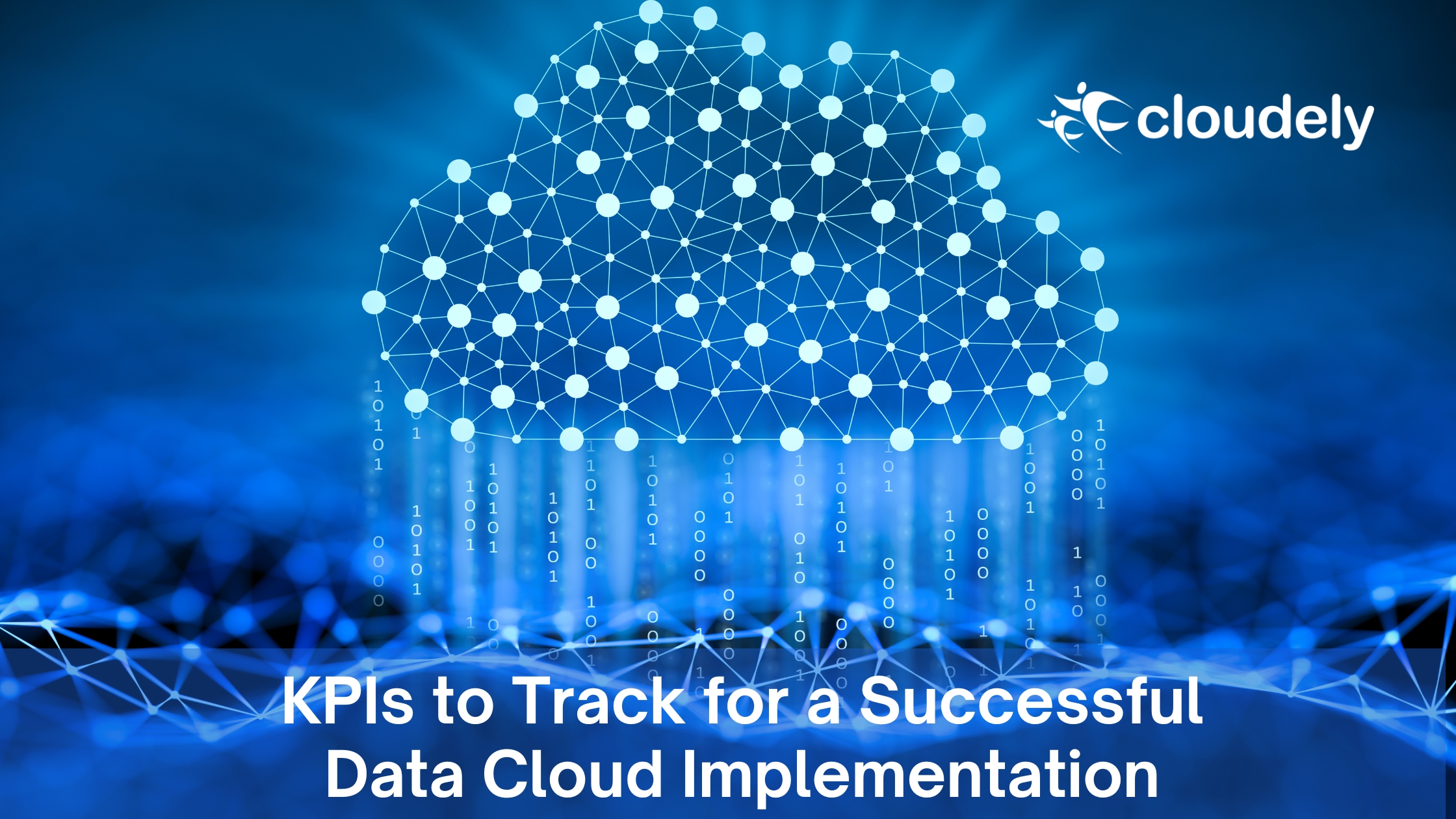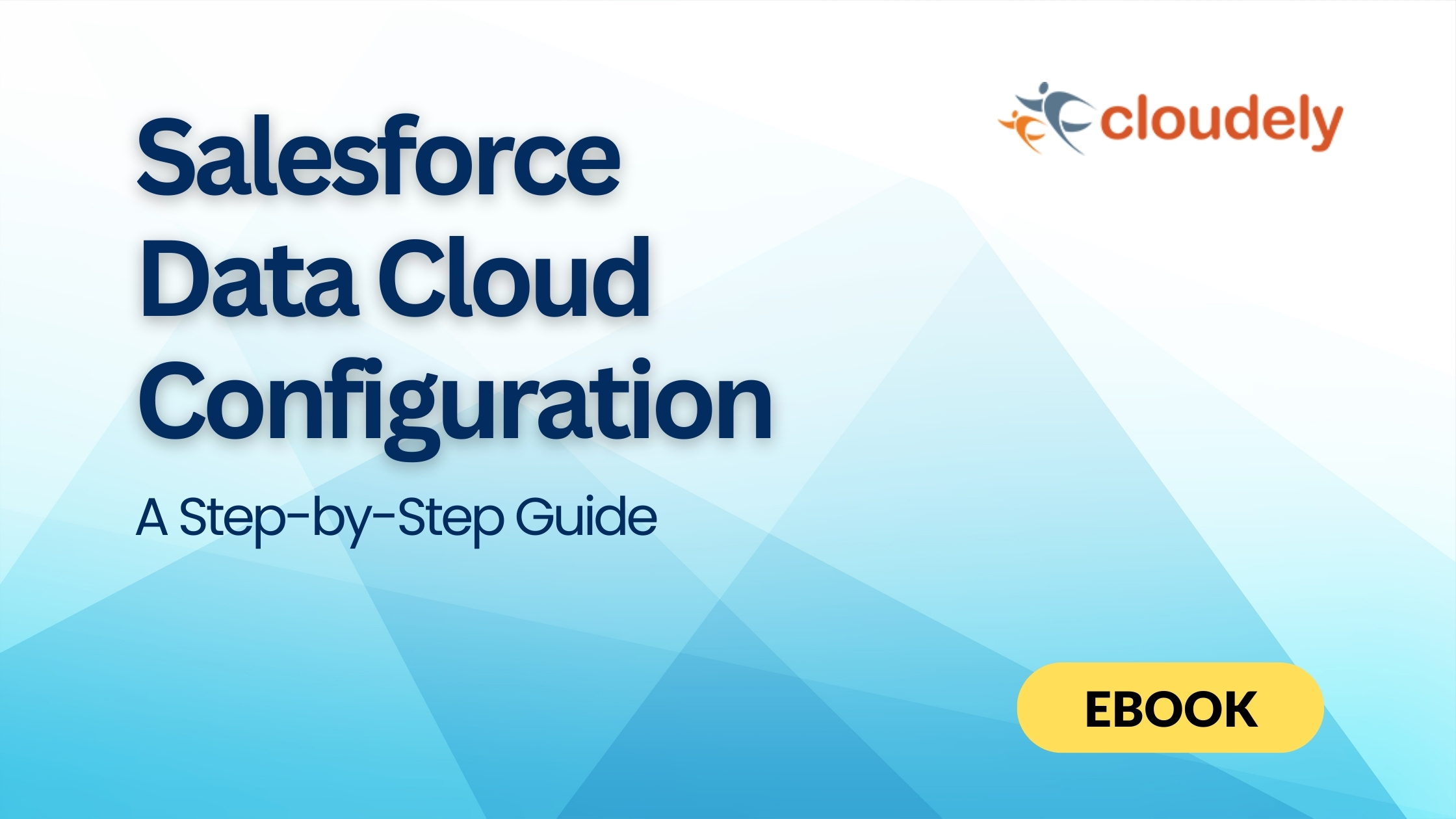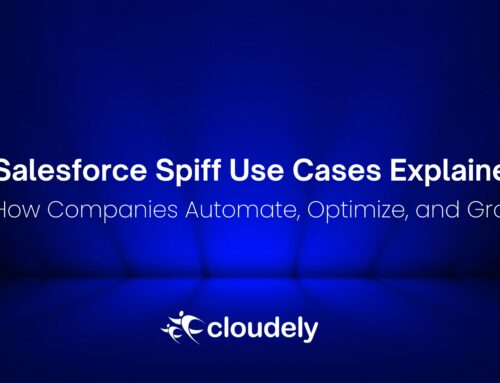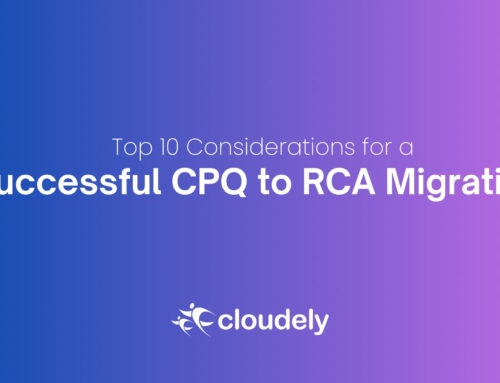Implementing a Data Cloud solution is not just about deploying technology—it’s about transforming how your organization collects, processes, and uses data to drive strategic decisions. While the architecture, integration, and security of the system are crucial, tracking the right Key Performance Indicators (KPIs) is what ensures you’re getting measurable business value.
In this article, we’ll explore the essential KPIs to monitor before, during, and after your Data Cloud implementation to ensure it delivers on its promise.
Table of Contents
1. Data Ingestion Speed
What it measures: The rate at which data from multiple sources is ingested into the Data Cloud.
Why it matters: A slow ingestion rate can cause reporting delays and hinder real-time decision-making.
How to measure:
- MB/GB per second or minute processed
- Time taken for batch uploads or real-time streams
Target: Depends on business needs, but for real-time analytics, ingestion should be near instantaneous.
2. Data Processing Latency
What it measures: The time taken from data ingestion to data availability for querying and analysis.
Why it matters: High latency defeats the purpose of modern analytics environments where agility is key.
How to measure:
- Average time (in seconds) for transformation and loading into analytics layer
Target: Seconds to minutes for operational data; hours may be acceptable for historical datasets.
3. Data Quality Score
What it measures: Accuracy, completeness, consistency, and freshness of data.
Why it matters: Poor-quality data leads to flawed insights, incorrect reporting, and bad business decisions.
How to measure:
- % of data records passing predefined quality checks
- Number of duplicate or incomplete entries
Target: 95–99% accuracy depending on use case.
4. User Adoption Rate
What it measures: The percentage of intended users actively engaging with the Data Cloud for reporting, dashboards, and analytics.
Why it matters: The success of a Data Cloud depends on how well people use it—not just on technical performance.
How to measure:
- Number of unique logins per month
- Frequency of dashboard views or query executions
Target: >80% of intended users actively using within 3–6 months of go-live.
5. Query Performance & Response Time
What it measures: How quickly the Data Cloud can respond to user queries.
Why it matters: Long wait times reduce productivity and discourage adoption.
How to measure:
- Average query execution time (seconds)
- Peak vs. off-peak performance
Target: Under 5 seconds for most BI queries.
6. Cost per Query or Cost per Terabyte Processed
What it measures: How efficiently your Data Cloud resources are being used from a cost perspective.
Why it matters: Cloud-based solutions often have usage-based pricing; poor optimization can cause budget overruns.
How to measure:
- Monthly cost / total queries run
- Monthly cost / TB of data processed
Target: Stable or declining over time with optimization.
7. Data Governance & Compliance Metrics
What it measures: Adherence to governance policies and compliance standards like GDPR, HIPAA, or SOC 2.
Why it matters: Mishandled data can cause legal and reputational damage.
How to measure:
- Number of compliance violations detected
- % of datasets with proper classification and access controls applied
Target: Zero violations; 100% governed datasets.
8. Time to Insight
What it measures: The time from a business question being raised to delivering actionable insights using Data Cloud.
Why it matters: Shorter time to insight directly impacts competitiveness and agility.
How to measure:
- Average turnaround time for generating new reports or analytics outputs
Target: Hours or days instead of weeks.
9. System Uptime & Reliability
What it measures: The availability of the Data Cloud service for business users.
Why it matters: Downtime disrupts decision-making and operational workflows.
How to measure:
- % uptime per month (e.g., 99.9%)
Target: >99.9% uptime with minimal maintenance windows.
10. Return on Investment (ROI)
What it measures: The financial return compared to the total cost of Data Cloud implementation and operations.
Why it matters: Justifies the investment to stakeholders and informs future scaling decisions.
How to measure:
- (Net Benefits – Costs) / Costs × 100
- Tracking revenue growth, cost savings, and productivity gains tied to Data Cloud.
Target: Positive ROI within 12–24 months.
Final Thoughts
A Data Cloud implementation is only as successful as the measurable outcomes it delivers. By monitoring these KPIs, you can ensure your investment drives faster insights, better decision-making, higher adoption, and a tangible business impact.
Remember: KPIs should evolve as your Data Cloud maturity grows—start with foundational metrics like data quality and latency, and expand into cost, governance, and ROI as your operations stabilize.
Contact us for a free consultation for your data cloud journey.








